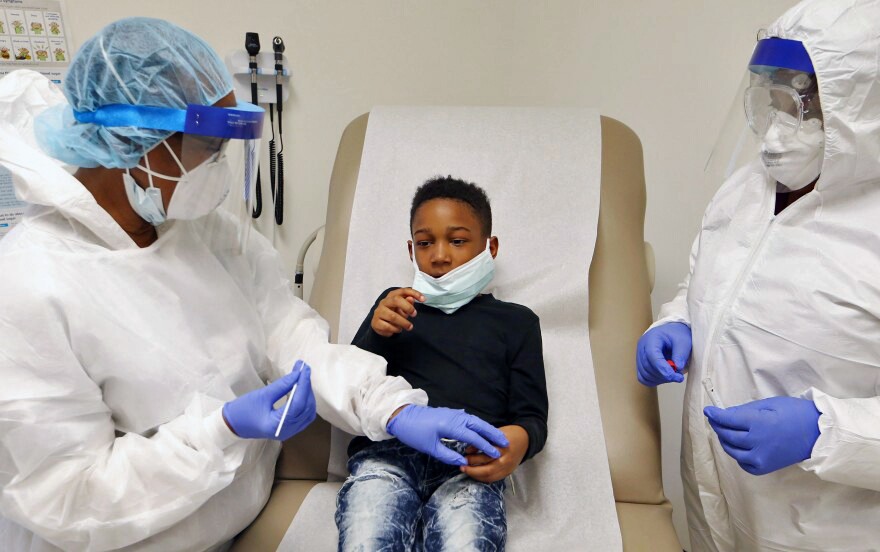At least 13.6 million Americans have caught the coronavirus this year — more people than the entire populations of Michigan and Iowa combined.
The U.S. is averaging about 1,500 COVID-19 deaths per day, or about one death per minute.
But the situation likely will get much worse this winter, based on new research from Washington University.
By the end of January, the number of COVID-19 cases in the nation could reach 20 million, the study finds. But even relatively small changes to social distancing policies have a major effect on the predicted spread of the virus and could prevent millions of infections over the next few months.
Despite the staggering size of the predicted surge, the forecast may still be overly optimistic, given increased holiday travel and indoor gatherings, said Meng Liu, an assistant professor of marketing at Washington University who led the study.
“As people congregate more, cases will be increasing at a higher rate,” Liu said, adding that interstate travel will further fuel the spread of the virus and make it “harder to contain.”
The predictions are based on a mathematical model that includes a range of factors, such as past and present infections, population density and cellphone tracking data, showing how often people leave home and how far they travel.
Unlike many other COVID-19 forecasting models, it also accounts for the spread of the coronavirus within social groups — or the risk that people will infect those they see repeatedly, such as friends, family and coworkers.
Because people are mostly interacting with each other through these interconnected social networks, incorporating them into the model produces much more accurate predictions about future case numbers, said Raphael Thomadsen, a professor of marketing at Washington University and study co-author.
“I think it’s all about the overlap of people’s social networks,” he said. “At the end of the day, it’s about how many people you run into and how tight or loose that network is. Having a tighter network can help insulate you and slow down the rate of growth.”
Perhaps most telling, the study shows small changes in social distancing can have a major effect on the projected spread of the virus.
Returning to social distancing levels seen in early August, before children returned to school and some areas loosened restrictions, could cut the number of new COVID-19 cases diagnosed nationwide by 5 million, said Song Yao, associate professor of marketing at Washington University and study co-author.
“Our hope is down the road, our findings can give policymakers some guidance,” Yao said.
The team is now working to understand whether reopening schools has contributed to the spread of the coronavirus.
Follow Shahla on Twitter: @shahlafarzan

Copyright 2020 St. Louis Public Radio




